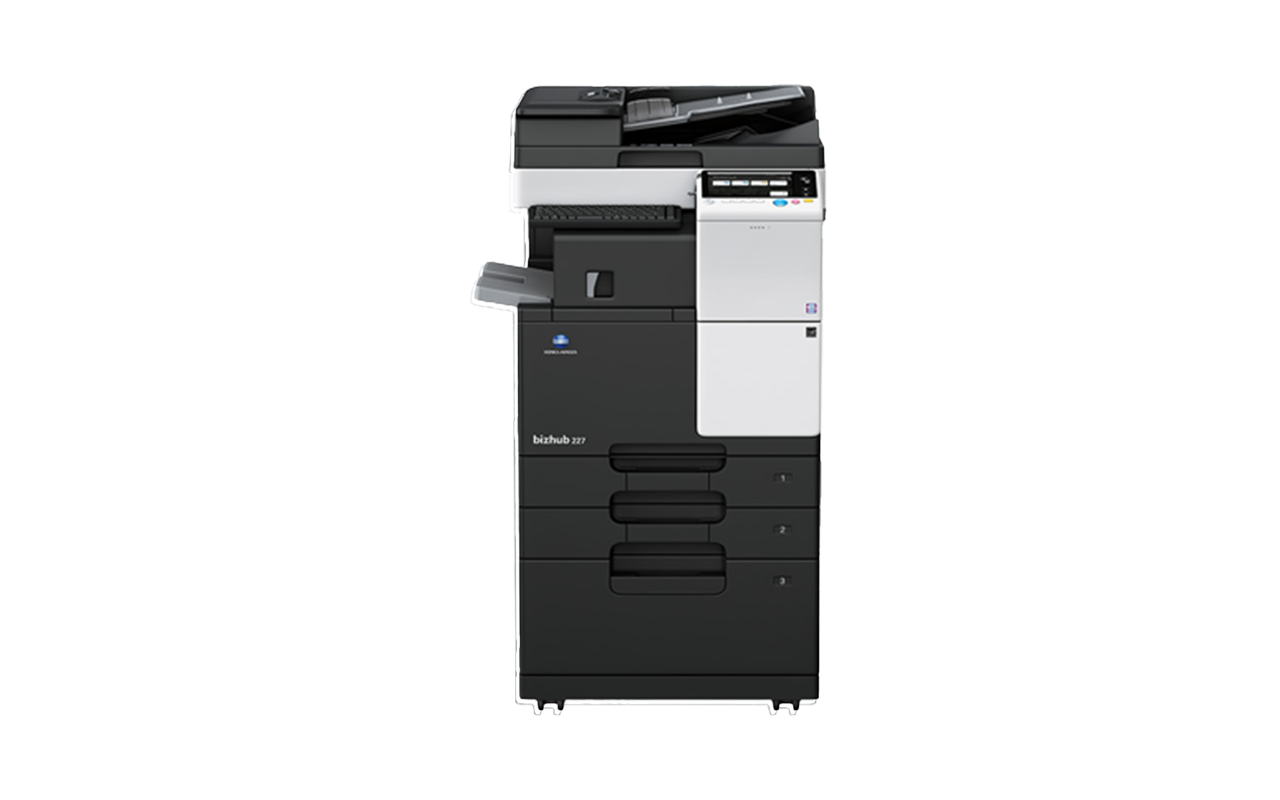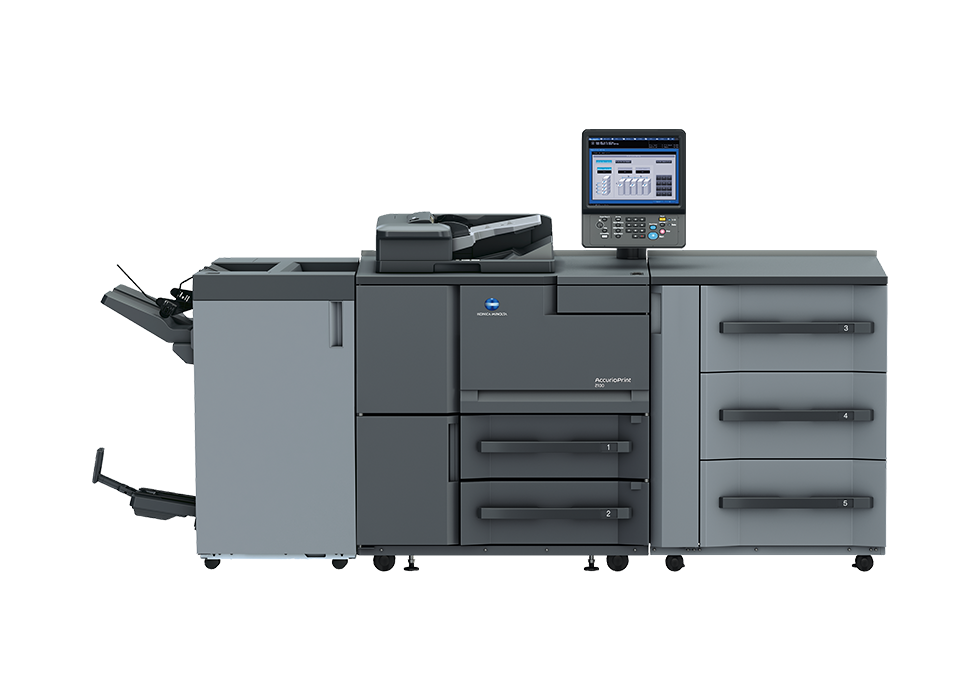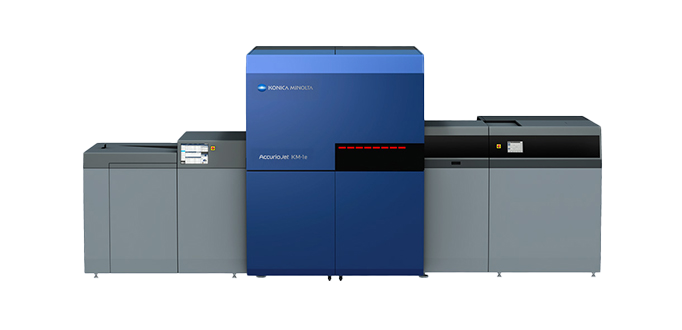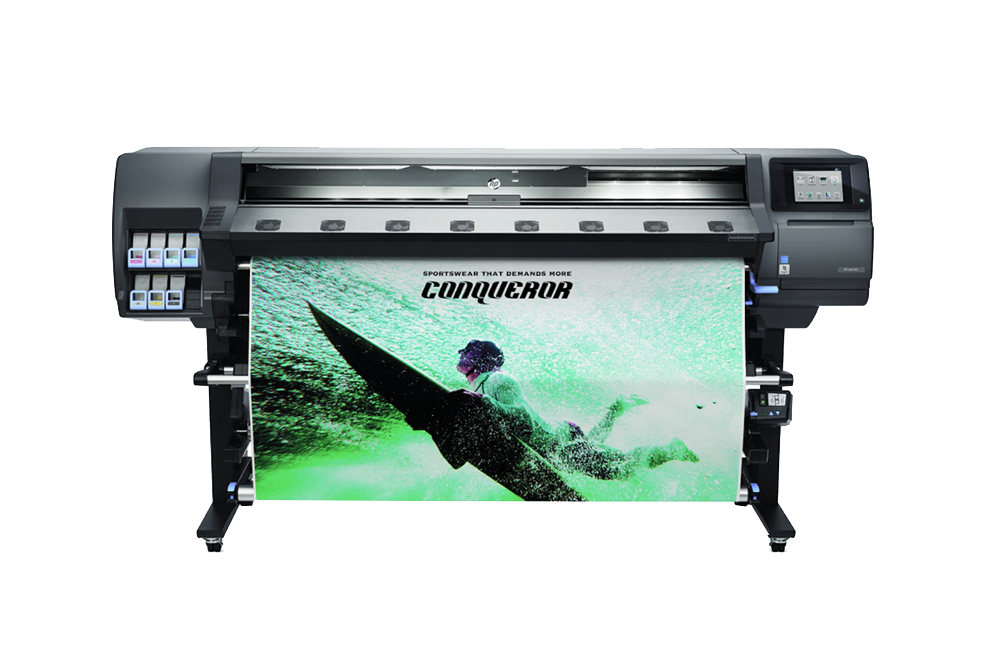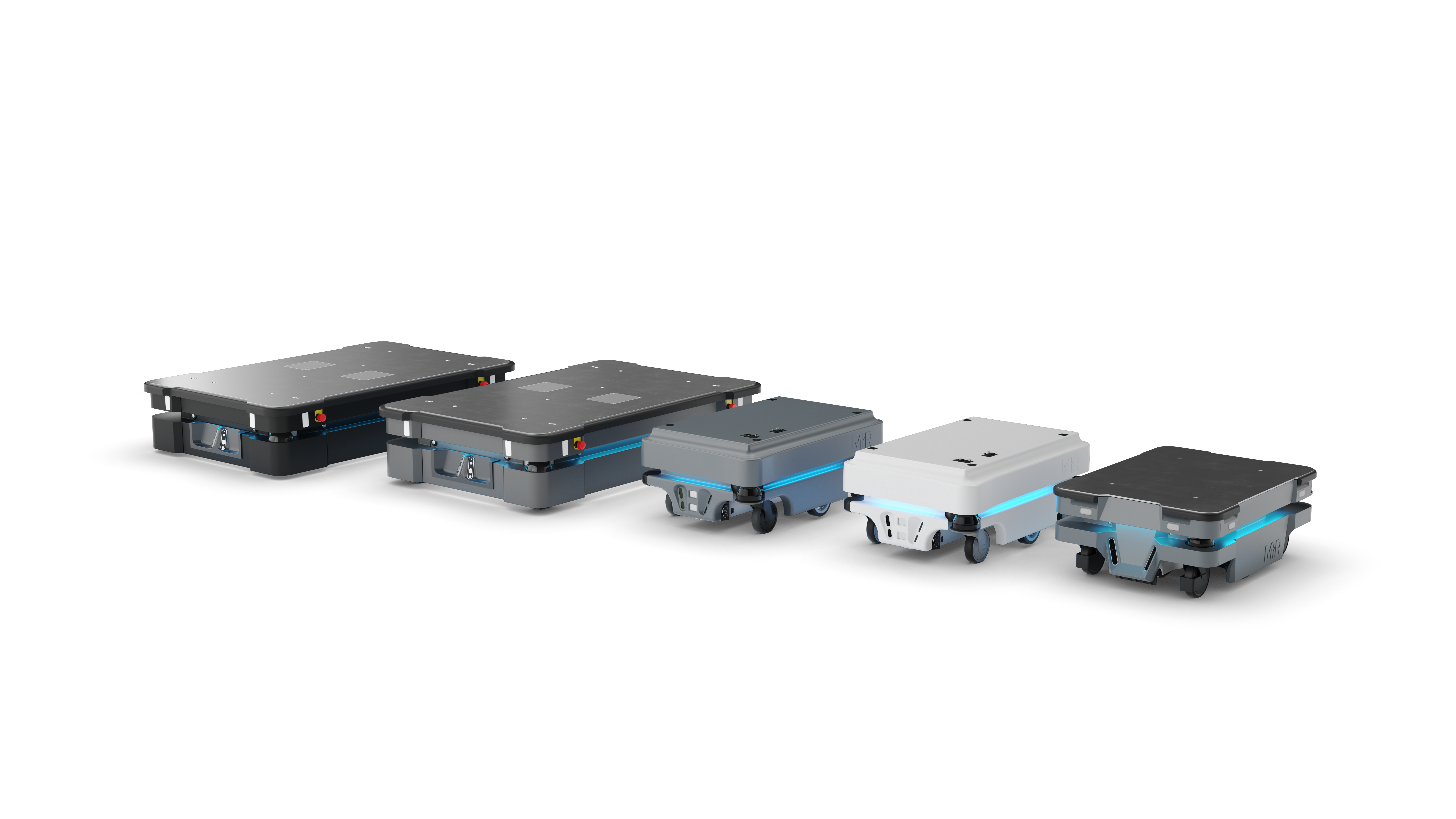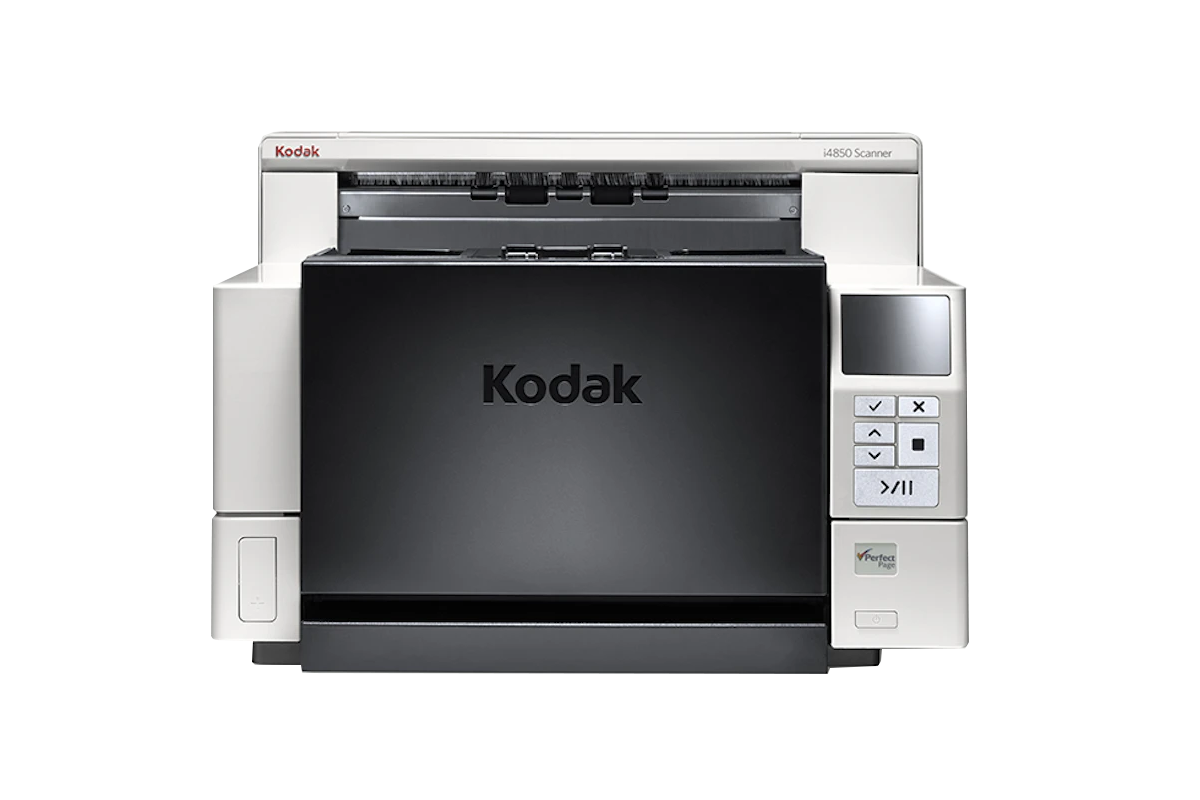Local government organisations are working with more data and documents than ever before. This brings with it challenges around how to manage private and sensitive information, maintain compliance with privacy legislation and customer expectations, and work efficiently and effectively within these frameworks. As a result of growing complexity around information governance, rural and regional councils and shires are at increasing risk of failing to comply with legislation requirements, best practices, and approved standards.
Managing records to promote accountability and transparency is essential within rural and regional councils and shires. To address the challenges, many regional and rural local government organisations have considered technological solutions. However, how do you know you have selected the right solutions and justified the inevitable expenses involved?
An electronic document and records management system (EDRMS) is designed to manage information integrity and provide access to information. These systems can deliver a strong return on investment (ROI) out of the box. However, your ROI will be even stronger if you can manage and understand the finer details of this system, letting you personalise your approach and optimise your rollout to better cater to your situation and budget.
Connectivity and budgeting can play a significant part in selecting the right product for records compliance and implementing a modern system that fits your objectives.
Connectivity
The increase in remote working has required rural and regional councils and shires to consider transitioning systems and workloads to the cloud. Your EDRMS is no different. A Software-as-a-Service (SaaS) option can provide a hybrid solution where your daily EDRMS usage is performed on a local server, while backups could run overnight in the cloud. However, if you’re located in an area without fast and robust internet, an on-premises solution may be more suitable for your requirements. Internet that is slow or patchy can prevent your council or shire from remaining compliant, especially if information is lost through inadequate backups.
A key benefit of a SaaS solution is that your provider can manage it remotely. This approach also ensures that you are always using the most up-to-date version of the software, accessing the latest and most advanced features.
An embedded EDRMS that comes as an add-on to council software can deliver great benefits, whether they have a seamless integration or are available as a module. The most notable benefit is the need to only deal with one vendor. However, the failure to connect or integrate with other systems causes concern. Meanwhile, stand-alone, best-of-breed systems pose a more modern solution that aligns with market requirements.
Budget
Your budget plays a considerable role in deciding on the right EDRMS and deployment option for your rural or regional council or shire. Working from the ground up and prioritising your system needs before contemplating the wants can be an effective strategy for making the most of your budget. Although shires and councils can differ in their circumstances, procedures, and how they work, the similarities outweigh the differences when it comes to legislation requirements.
Choosing a standardised implementation can help ensure you get exactly what you need, like essential state record requirements. This offers a basic approach with minimal need for consulting services and, although it doesn’t offer significant customisation, it can be an ideal way to reduce costs while still getting a useful and compliant system. Keeping this standardised framework also provides cost advantages around training, maintenance, and support.
It is important to remember that if your shire or council wants to develop its own personalised version, the cost can grow significantly. However, so too can the benefits of having a solution that’s custom designed for your unique requirements.
When budgeting for your EDRMS rollout, you will also have to decide if a capital expenditure (CAPEX) or operating expense (OPEX) investment is best for you. There is no right or wrong answer when making this decision; instead, it's about what makes more sense for your budget. Perhaps OPEX's most significant advantage to councils and shires is that it frees up funds to be allocated to urgent needs and offers a predictable, regular cost. However, it can be more expensive throughout the contract lifecycle. You can expect an OPEX model to cost between AU$1.25 and AU$1.1
In comparison, CAPEX can work well if your budget allows it; however, although necessary for routine operations, this will be in your balance sheet. It also requires a larger upfront investment, which could put pressure on smaller councils and shires.
Regardless of the solution and deployment model you choose, it’s essential to start by understanding your connectivity capabilities and limitations, as well as your budget. With those key factors in mind, you can determine the right EDRMS for your rural or regional shire or council.
Konica Minolta helps regional and rural shires and councils to address their information management and compliance needs with an EDRMS that match both requirements and budgets. To find out how we can help, contact the team today.
Talk to us and see how Konica Minolta can help you transform your workplace.
1 https://idm.net.au/files/IDM-PDF-archive/2021-1201.pdf
 Find the perfect printer for your business
Read more
Find the perfect printer for your business
Read more
 Elevate your print & information technology with Insight Hub
Read more
Elevate your print & information technology with Insight Hub
Read more
